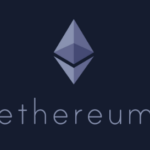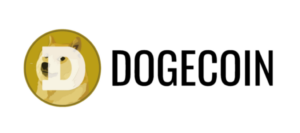Exploring MEV and Its Influence on Ethereum’s Decentralization

Maximal Extractable Value, commonly known as MEV, has emerged as a critical issue, particularly in the realm of decentralized finance on the Ethereum network. MEV signifies the profit gained by manipulating transactions within blocks that are subsequently confirmed. Essentially, MEV acts as a reward system in open systems, incentivizing individuals who optimize the transaction validation process. Initially considered a niche concern, MEV has now become a central topic of discussion due to its ethical implications, regulatory hurdles, and its effects on blockchain efficiency and decentralization. Understanding the progression of MEV is crucial for navigating its future, especially as various regulatory bodies such as the U.S. Department of Justice and international organizations like IOSCO focus on this intricate matter.
The evolution of MEV has mirrored Ethereum’s growth, transitioning from early miner-driven profit extraction to sophisticated strategies employed in today’s proof-of-stake environment. The shift to proof-of-stake marked a significant change, with validators now taking on the role previously held by miners. However, the core dynamics of MEV, where block producers can prioritize transactions for profit, remain unchanged, presenting both opportunities and challenges within the network.
A fundamental aspect of the MEV process lies in understanding mempools, where pending transactions await inclusion in blocks. Unlike traditional finance systems, blockchain mempools operate differently, allowing block builders to exercise discretion in selecting and ordering transactions to maximize MEV. This flexibility introduces complexities that challenge conventional regulatory frameworks, making regulatory considerations more intricate.
MEV acts as a driving force in the blockchain ecosystem, enhancing efficiency, decentralization, and network security. While it plays a vital role in maintaining market efficiency, MEV can also lead to the centralization of power and economic inefficiencies, potentially undermining the decentralized principles of blockchain technology.
The current landscape of MEV within the Ethereum ecosystem has become more contentious as the network matures. Validators increasingly rely on builders and searchers, who wield significant control over block construction, raising concerns about fairness and potential centralization of influence within the network.
MEV presents a dual nature, providing substantial financial incentives while posing risks to user trust and market integrity. Mismanagement of MEV can lead to exploitative practices that undermine market integrity and trust, as demonstrated by recent criminal exploits related to MEV.
Regulators are increasingly scrutinizing MEV practices, particularly those like sandwiching, under rules designed to prevent market manipulation. Aligning MEV practices with antitrust principles could further support a competitive and decentralized ecosystem, ensuring fair competition and transparency within the blockchain space.
As MEV stands at a crossroads of innovation and risk in decentralized finance, implementing technological safeguards is crucial to uphold the core values of blockchain networks. Addressing these challenges head-on is essential to ensure the security and integrity of blockchain systems in line with their decentralized ideals.




